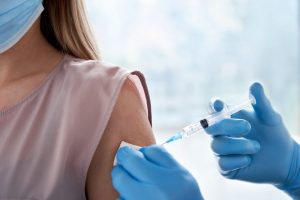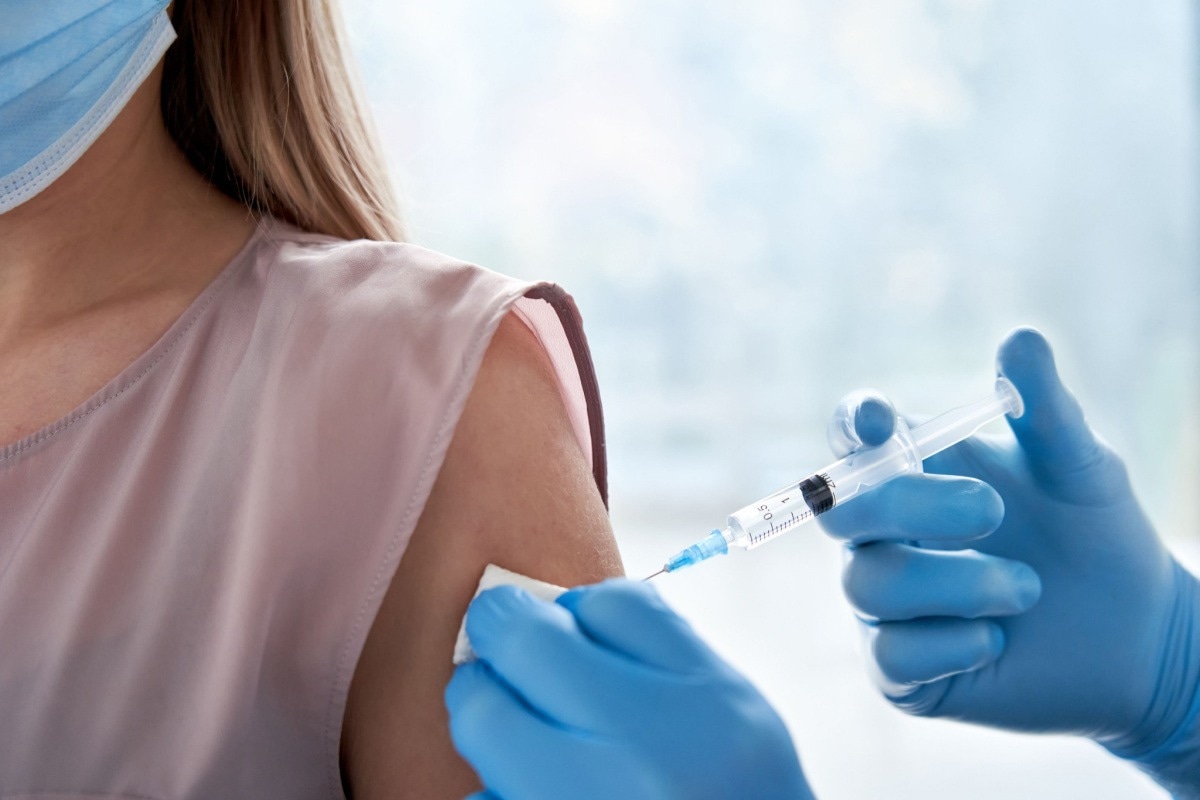Low neutralization of Omicron BA.5 after four doses of mRNA COVID-19 vaccine

In a recent study posted to the bioRxiv* preprint server, researchers assessed the neutralization of severe acute respiratory syndrome coronavirus 2 (SARS-CoV-2) Omicron variant after messenger ribonucleic acid (mRNA) vaccination.

SARS-CoV-2 Omicron variant has displayed significantly higher rates of viral transmission and efficient immune evasion than previous variants. Since its emergence, the Omicron variant has evolved into various sublineages with different properties concerning viral transmission and infectability, including BA.1, BA.2, BA.2.12.1, BA.3, BA.4, and BA.5. It is essential to assess the neutralization susceptibility of the currently circulating Omicron sublineages to coronavirus disease 2019 (COVID-19) vaccination and previous infections.
About the study
In the present study, researchers investigated the neutralization of different SARS-CoV-2 Omicron sublineages by COVID-19 mRNA vaccination and previous BA.1 infection.
The team employed a set of chimeric SARS-CoV-2 structures to explore the serum neutralization observed against various Omicron sublineages. Each chimeric structure comprised a whole spike (S) gene derived from BA.1, BA.2, BA.2.12.1, BA.3, BA.4, and BA.5 present in the backbone of USA-WA1/2020. This resulted in SARS-CoV-2 BA.1-, BA.2-, BA.2.12.1-, BA.3-, BA.4- or BA.5 spike proteins.
The team also engineered a mNeonGreen (mNG) gene into the open-reading-frame-7 (ORF7) present in the viral genome to allow fluorescent focus reduction neutralization test (FFRNT). The FFRNT was used to estimate the neutralization observed in the three distinct panels of human sera against the Omicron sublineage S SARS-CoV-2s. The first panel included 25 pairs of human sera that were obtained from non-COVID-19-infected persons before and after the fourth dose of either BNT162b2 or mRNA-1273 vaccines, while the second and the third panels were obtained from double- or triple-vaccinated persons who had a history of SARS-CoV-2 Omicron BA.1 breakthrough infection. The breakthrough infection was verified by sequencing viral RNA obtained from nasopharyngeal swab samples.
To estimate the neutralization elicited by four doses of the COVID-19 mRNA vaccine, the team obtained 25 pairs of human sera from persons before and after the fourth mRNA vaccine was administered. Per sample pair, the team collected one sample three to eight months after the third vaccination, while another sample was collected from the individuals one to three months after the fourth dose. The team also evaluated the neutralization observed against Omicron sublineages by assessing the serological samples obtained from persons vaccinated with two or three doses of the mRNA vaccine and who experienced subsequent BA.1 breakthrough infection.
Results
The study results showed that before the receipt of the fourth COVID-19 mRNA vaccine dose, the sera displayed significant neutralization with geometric mean titers (GMTs) of 144 for SARS-CoV-2 USA-WA1/2020, 32 for BA.1-, 24 for BA.2-, 25 for BA.2.12.1-, 20 for BA.3-, and 17 for BA.4- and BA.5-spike mNG viruses. Furthermore, after the administration of the fourth dose, the GMTs rose to 1554, 357, 236, 236, 165, and 95 for USA-WA1/2020, BA.1-, BA.2-, BA.2.12.1-, BA.3-, and BA.4/5-spike mNG viruses, respectively, indicating that the fourth dose boosted the neutralization by 10.8-, 11.2-, 9.8-, 9.4-, 8.3-, and 5.6-fold, respectively.
Even though the team observed a significant increase in neutralization after the four doses, the GMTs were 4.4-, 6.6-, 6.6-, 9.4-, and 16.4-fold lower as compared to those for the USA-WA1/2020 for BA.1-, BA.2-, BA.2.12.1-, BA.3-, and BA.4/5-spike viruses, respectively. This indicated that BA.5 efficiently evaded vaccine-induced neutralization. Moreover, the team noted that the fourth mRNA vaccine dose did not induce significant neutralization against BA.5. The third and fourth doses elicited low neutralization against BA.5 and could be responsible for the ongoing surge in BA.5 infection across the globe.
The GMT ratios between the twice- and four-time-vaccinated persons with BA.1 breakthrough infection for USA-WA1/2020, BA.1-, BA.2-, BA.212.1-, BA.3-, and BA.4/5-spike viruses were 1.4, 4.8, 3.1, 4.1, 4.9, and 3.9, respectively. This suggested that the two extra doses received by the four-time-vaccinated persons resulted in more efficient neutralization against Omicron sublineages.
Conclusion
The study findings showed that four COVID-19 mRNA vaccine doses did not efficiently neutralize the SARS-CoV-2 Omicron BA.5 sublineage. However, there was sufficient vaccine-induced neutralization in the sera obtained after BA.5 breakthrough infection. The researchers believe that there is an urgent need for an updated COVID-19 vaccine that neutralizes the highly immune evasive SARS-CoV-2 Omicron BA.5 sublineage.
*Important notice
bioRxiv publishes preliminary scientific reports that are not peer-reviewed and, therefore, should not be regarded as conclusive, guide clinical practice/health-related behavior, or treated as established information.
- Xuping Xie, Jing Zou, Mingru Liu, Ping Ren, Pei-Yong Shi. (2022). Neutralization of SARS-CoV-2 Omicron sublineages by 4 doses of mRNA vaccine. bioRxiv. doi: https://doi.org/10.1101/2022.07.29.502055 https://www.biorxiv.org/content/10.1101/2022.07.29.502055v1
Posted in: Medical Science News | Medical Research News | Disease/Infection News
Tags: Coronavirus, Coronavirus Disease COVID-19, covid-19, Gene, Genome, Nasopharyngeal, Omicron, Respiratory, Ribonucleic Acid, RNA, SARS, SARS-CoV-2, Severe Acute Respiratory, Severe Acute Respiratory Syndrome, Syndrome, Vaccine

Written by
Bhavana Kunkalikar
Bhavana Kunkalikar is a medical writer based in Goa, India. Her academic background is in Pharmaceutical sciences and she holds a Bachelor's degree in Pharmacy. Her educational background allowed her to foster an interest in anatomical and physiological sciences. Her college project work based on ‘The manifestations and causes of sickle cell anemia’ formed the stepping stone to a life-long fascination with human pathophysiology.
Source: Read Full Article




